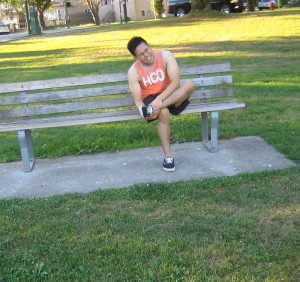Gangrene develops once deoxygenated blood causes tissue death in some section in the body, usually in the feet or hands.
https://www.youtube.com/watch?v=eNfgtwm8Ym8
It is considered as a serious condition that can lead to limb amputation or even death. It requires prompt treatment to prevent the spread of tissue death as quickly as possible.
What are the types?
- Dry – this type starts steadily and usually linked with chronic ailments including diabetes. The skin dries up, shriveled and darker in appearance and feels cool to the touch.
- Wet – the skin becomes swollen along with blisters that might rupture. It is essentially linked with infection of the dead tissue. This type can form after sustaining a severe burn or frostbite.
What are the risk factors?

- Smoking
- Diabetes, obesity, high blood pressure and other causes of vascular disease
- Large intake of alcohol
- Diminished immune function
- Intravenous drug use
What are the indications?
The main characteristics of gangrene include:
- Color loss in the affected area. The site will appear discolored and later dry up and darken. It changes from red to black in dry gangrene or turn swollen and foul-smelling in the wet form.
- Shiny and shedding skin with a clear line between the affected area and healthy skin
- Pain or discomfort that is followed by sensation loss and inability to move the affected area.
- Site is cold to the touch along with loss of pulse in the arteries
Management of gangrene
The treatment is based on the site, type and extent of the affected tissue. If an individual is suspected with the signs of gangrene, prompt medical care is required to lower the risk for serious complications and even death.
